DARTSEDO (KANGDING)
Since I had a week's holidays, there was no way I was going to sit around school for a week, and after the weekend with Alyson and Lisa in Chengdu, I took off early in the morning on Monday the 29th for Dartsedo (Kangding in Chinese). Wrangled a ride in one of the minivans leaving from in front of the Kangding hotel in the Wuhouci area (the Tibetan area) of Chengdu, much to the amusement of the drivers assembled, who were astonished that I could argue with them in Tibetan. It always makes me laugh, because I usually wait for a few Tibetans to come and discuss the price before I go, then when they tell me a much higher price, I can argue with them and tell them in Tibetan that I was going to pay the same price as the Tibetans! After the initial shock and embarrassment, and of course, the glee of the other drivers, the driver is usually quite happy to charge me the normal price. In fact, So-chu, the driver and I became fast friends by the end of the 7 hour trip, and we chatted the whole way, stopping in a few small villages that had just harvested kiwis, and had tables covered with mounds of more different types of kiwi than I've ever sen. I didn't know there were different types of kiwi, but the vendor was so thrilled to have a foreigner at his stall, that he whipped out a little wicked looking knife and started to offer me samples of every type he had. It was great fun, and ended up taking about half an hour, which noone seemed to mind much, it was so nice to stretch our legs after hours in the van. The trip was beautiful, so nice to leave the smog of Chengdu, and return to the blue skies and soaring mountains of the Tibetan areas. For much of the way, the road followed a deep gorge, the road winding along a frothing and tumbling green river, which apparently flowed down from the high peaks of Amdo, through Gyalrong district before it arrived in the Kangding area. Evergreen forest-clad hills soared high on either side of the road, dotted with small villages, that settled precariously on cliffs overlooking the river. It became obvious the higher we got into the hills that we were leaving the Chinese Han settled areas, and approaching the Tibetan regions by the cairns on the hilltops, carved deities and mani stones on the cliffs, and of course the ubiquitous prayer flags. Whenever I see prayer flags and yaks it always feels I'm coming home again. We finally reached the town of Dartsedo in te late afternoon, and I was amazed at how packed with Chinese tourists the tiny town was. Had a forboding feeling that I ought to have reserved a room in advance despite the advice from the hostel back in Chengdu "not to worry, it's a quiet town". Well, quiet it very well may be for most of the year, but was certainly not at all quiet this holiday week. Should have known better after the epic trip during the May long weekend to Leshan earlier in the year. Anyway. So-chu was kind, and took me straight up to the hostel where I had planned to stay, and waited for me, when I was told they were full, as were all the other "foreigner allowed" hotels and hostels. Not so many foreigners around, but thousands of Chinese. So-chu then took me to a friend's place, a Tibetan hotel, which turned out to be cheaper anyway, despite not being "approved". Settled my stuff in, then went out for dinner with So-chu, who is bent on learning English, so we had a nice dinner interspersed with english lessons. On the way back to the hotel, So-chu drove me around the town, even though it was dark, showing me the places I should see the next day, and how to get to them, before dropping me off back at the hotel where I fell into a dreamless sleep, and woke up early the next morning bent on exploring town. Went first to the Dolma Lhakhang, not mentioned in the guidebook, but So-chu had told me I should start my explorations there. Followed the back alleys around behind the main (and only) road in town, and climbed a bunch of stairs up to a small temple built into the cliff face of Paoma Shan mountain. The place was only half open, as it was still early, so I decided to climb up back behind the temple and follow a narrow winding path covered in prayer flags to the peak overlooking town. The sun had only just risen, and it was cool and misty in the dawn light. After an hour or so wandering around on the hillside, I returned back to the temples, which were now open, and ended up sitting and chatting to the two old men who were caretakers of the place, and one of the three monks that lived there. Shared several cups of tea, and bought a few kadags to take with me as I headed to the monasteries on the other side of town. Finbally said my farewells to the two old men, and wandered off up the track to the prayer flag covered bridge at the other end of town, which So-chu had told me was a memorial to soem Tibetan king's visit from Lhasa years ago. Continued past, deciding to give the usual tourist run up the other end of Paoma Shan to the chorten at the top (now connected by cable cars) a miss, as there were already throngs of Chinese tourists massed at the gate, and carried on up the hill out of town toward the two monasteries I'd planned to visit. First stop was a small Nyingmapa monastery called Jingang Si in Chinese, a 400 year old monastery that had been renovated, and was now looking very shiny and newly painted. The monks were in prayer, but as I walked around the courtyard, an old woman motioned for em to come over and sit by her, and after chatting for a while, she invited me in for tea.
After that, I carried on up the hill, taking time to wander around a small village and admire the traditional stone houses, before continuing up to the Gelukpa monastery higher on the hill. The Chinese call the place Nanwu temple, and it's the most active of the monasteries in town, with nearly 100 monks living there. Most of the monks were also in prayer, so after doing the rounds of the prayer halls and temples, I wandered back in the living areas, following the sounds of debate I heard. Finally found the debate ground, a small, fenced in, cobbled area with about 20 young monks in the middle of a debate session, monitored by a severe looking teacher (whom I later found out was from Repgong, Rong monastery, where I had been in the summer). Not wanting to interrupt, I peered around the corner, but several monks saw me and motioned me into the courtyard to watch. I didn't want to disrupt the debate, so stayed in my corner, watching and listening. There were 4 classes, as there were so few monks, and I watched until the debate was over, then waited til the monks had left before I followed them back down into the main monastery area. Just as I was leaving, a few monks came up wot ask if I spoke Tibetan, and that started up a long conversation, soon surrounded by all the monks, who, it turned out, knew some monks from Drepung in India. So we chatted for about an hour, before it was time for midday prayer session, and I left to return to town, with promises to go back to visit. Strolled back down the hill into town, down to another small monastery and temple right down in the town itself, called Anjue temple, which the guidebook says was built in 1652 by the 5th Dalai Lama. There were few monks, only 18, I was told, and hardly anyone there, apart from a few pilgrims spinning prayer wheels and offering butter lamps. But there too, it was nice to sit out in the sun and chat with the monks, who invited me to stay for a late lunch. After that, with jsut a few hours of afternoon left, I figured I'd wander back through town and try to figure out where to catch a ride to Lhagong (Tagong in Chinese) the next morning. So-chu had told me to catch one of the local minivans there, as the buses, though cheaper, were much slower, especially because many parts of the road were only barely navigable due to the heavy rains of the past weeks. So I walked down, stopping to explore the market first, with its stalls of fruit vegatables, and butcher shops with massive sides of slaughtered yaks hanging from metal hooks outside the doorways, blood dripping onto the path below. Reached the compound where the vans for Lhagong and other areas to the north had gathered, and began to negotiate prices. Not so easy, since prices rose in the afternoons, the drivers being unable to make a return trip, and there were no other Tibetans around haggling prices, so my usual trick didn't work. But figured I'd at least ask round, to get a point of reference for the next morning. An hour later, the best price I got was 60yuan, at which point I left, and said I'd be back in the morning. Went out for thukpa and a pot of butter tea before bed, and woke up early again, grabbed my stuff, and headed out to catch a van to Lhagong. It's been a slow season for the drivers, because of all the travel restrictions to the Tibetan areas this year, and even now, which should be peak season, there were few people heading for Lhagong, apart from all the Chinese, who were either in package tours with their own buses, or in posh SUVs (which none of them knew how to drive in the mountains!) So I ended up waiting around for an hour or so until enough people were found to fill the car, and off we drove. The first hour of the three hour trip was spent slowly climbing higher and higher to cross a mountain pass, with an observation deck for tourists set up beside a chorten and cairns covered in prayer flags, and the ground strewn with paper lungda prayers.
From there, we entered the Tagong grassland area, where I was happy to see nomads encampments with the traditional black yak-hair felt tents. Interesting to see the nomads still using the tradtitional tents, whereas most nomads in Amdo had started using the lighter-weight version, of white canvas, and just the cross of black traditional cloth. The hills were covered with yaks, though not so many sheep as higher north, and as we drove through tiny villages alongside the river, I admired the houses, built out of local stone and logs, and beautifully decorated.
Tuesday, October 7, 2008
Subscribe to:
Post Comments (Atom)
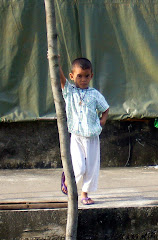








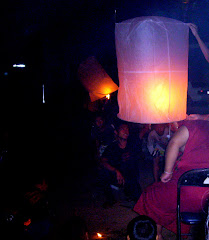

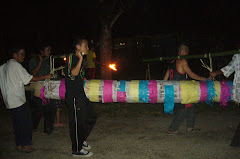
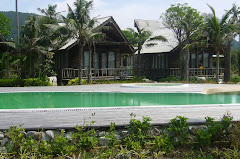
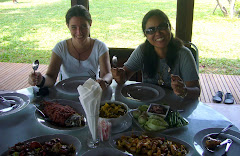
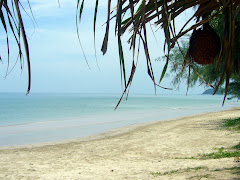
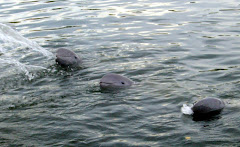
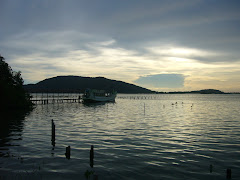
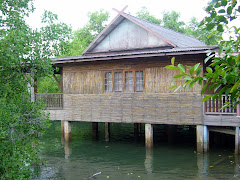
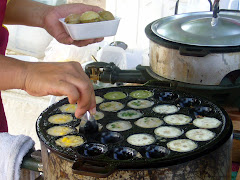
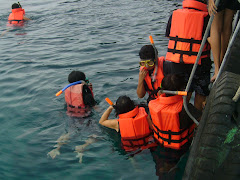
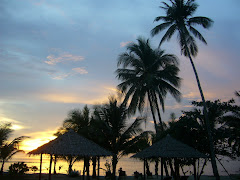
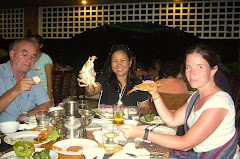
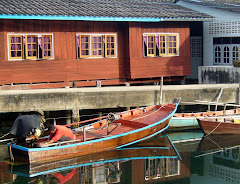
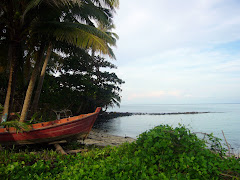
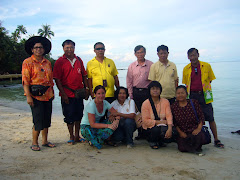
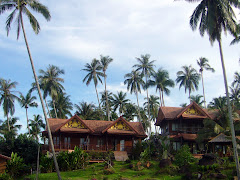
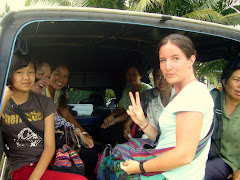
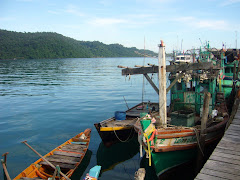
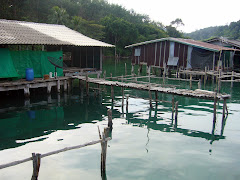
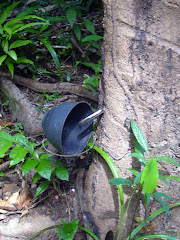

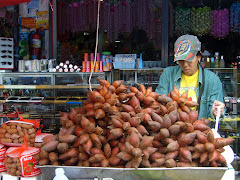
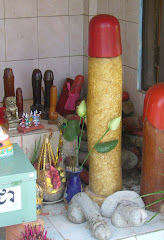
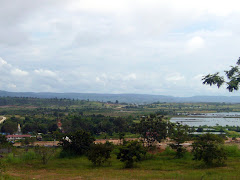
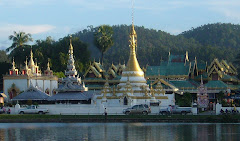
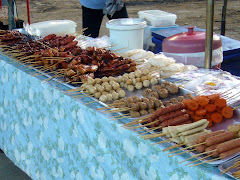
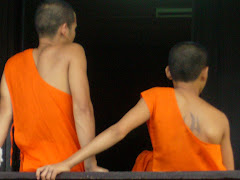
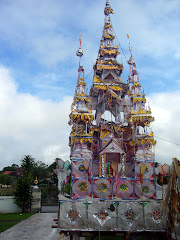
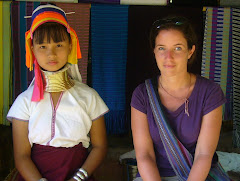
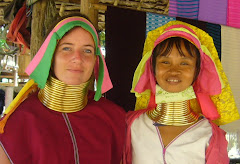
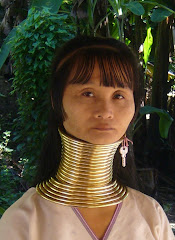
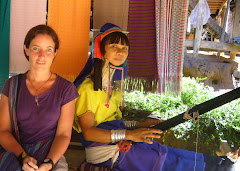
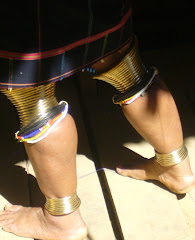
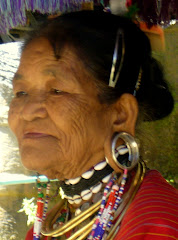
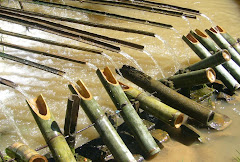
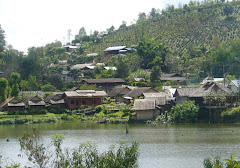
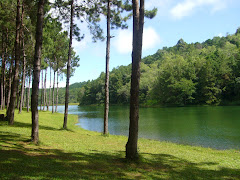
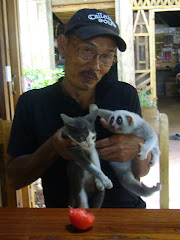
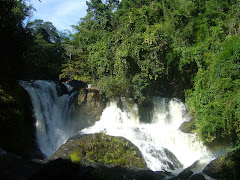
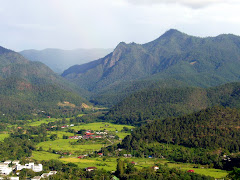
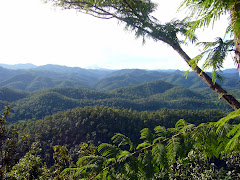
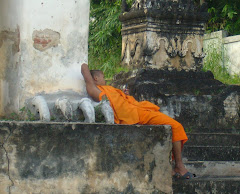
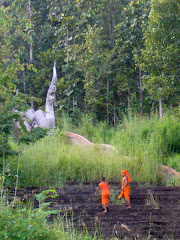
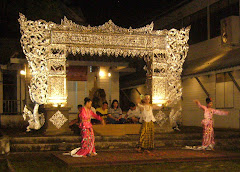
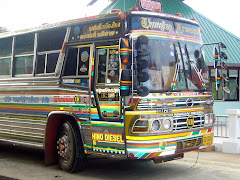
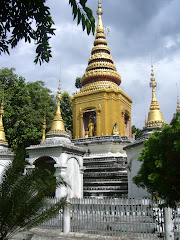
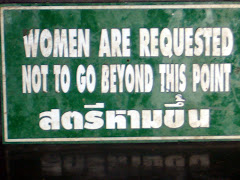






















































































































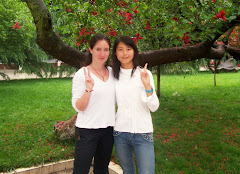
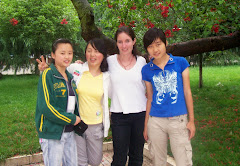












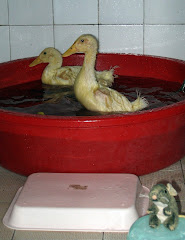


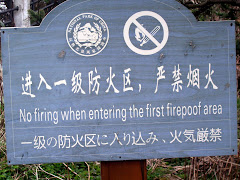
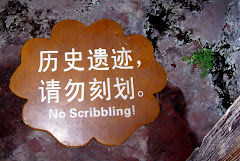
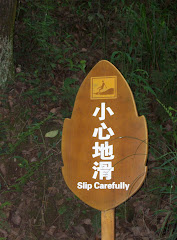
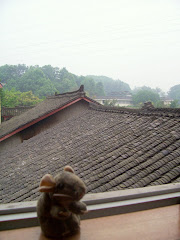
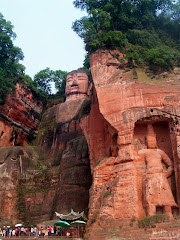
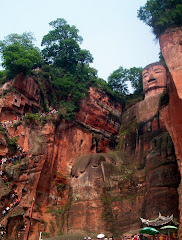
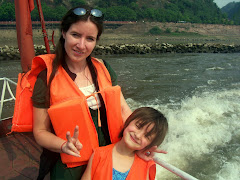
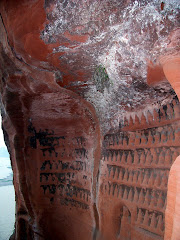
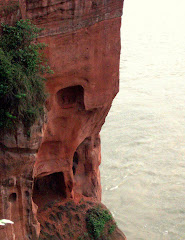
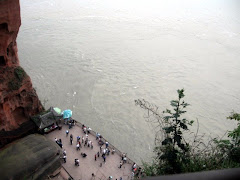
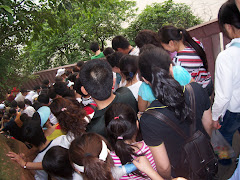
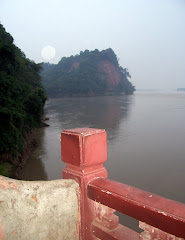
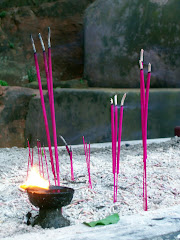
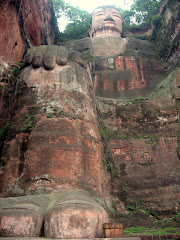
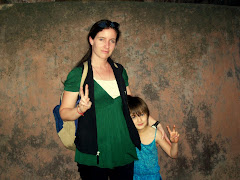
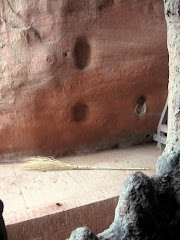
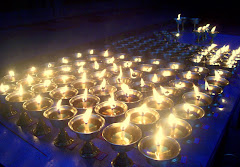
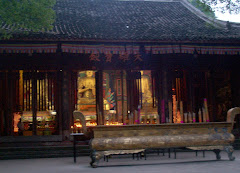


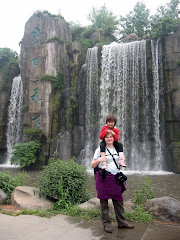
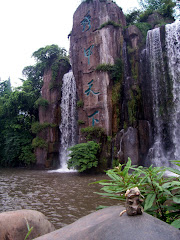
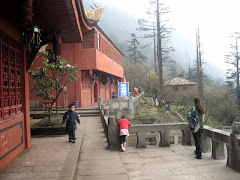

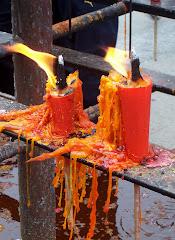
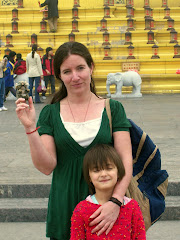
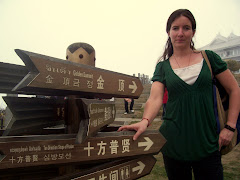

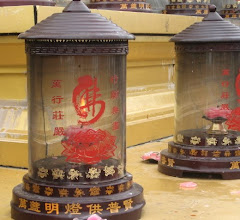
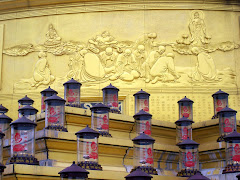

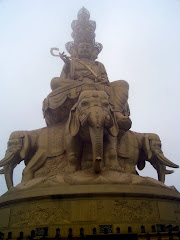
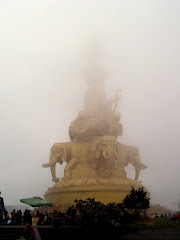

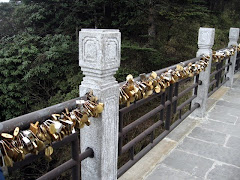

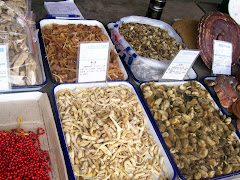
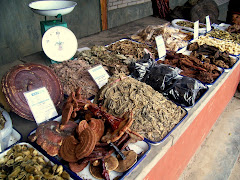
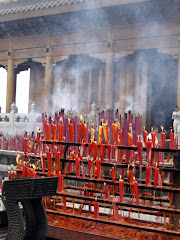
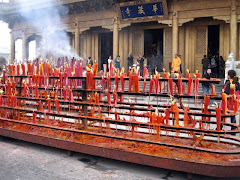
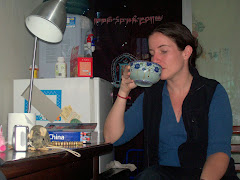







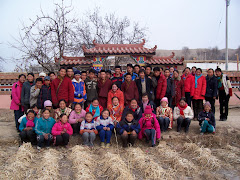
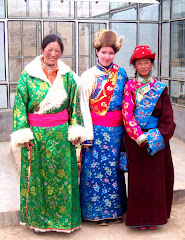
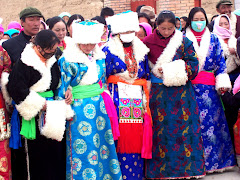
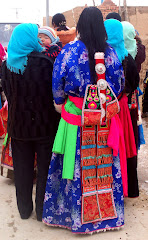
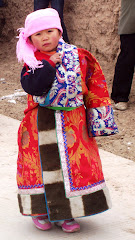
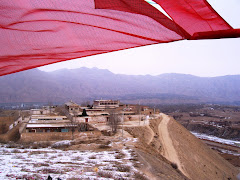


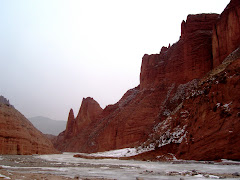
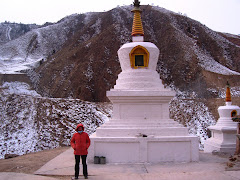

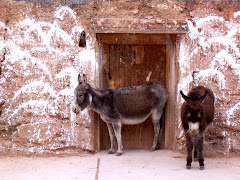

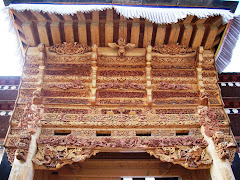
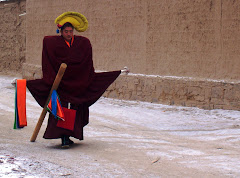
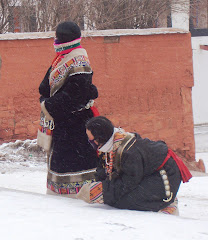
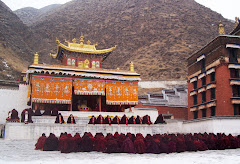
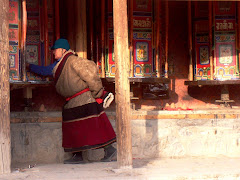
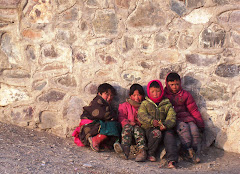
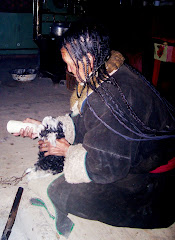
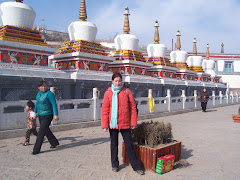
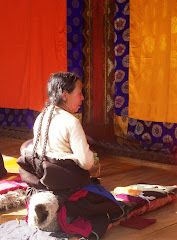
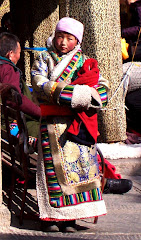
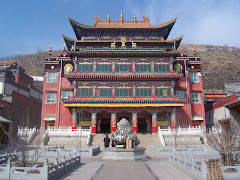
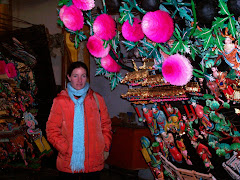
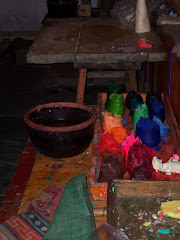
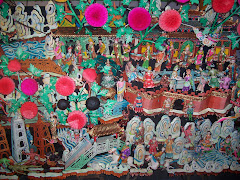
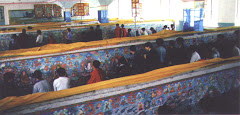
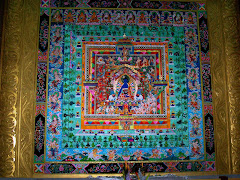
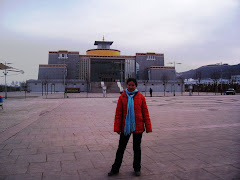

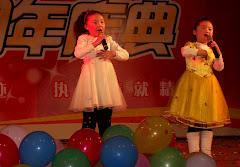
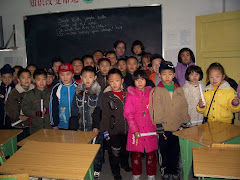
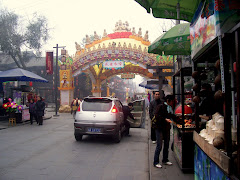
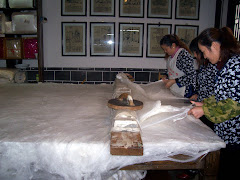
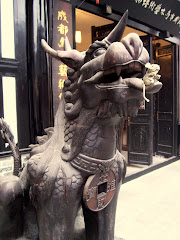

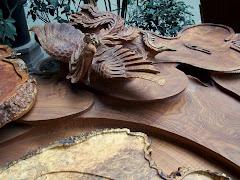
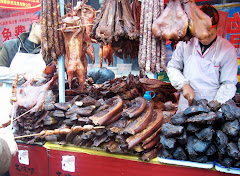

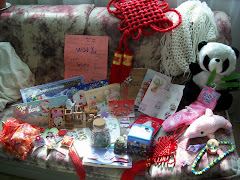


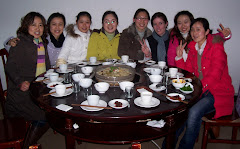
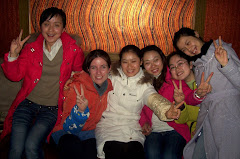




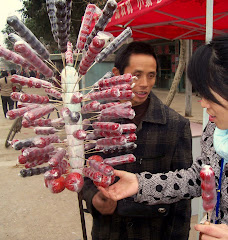
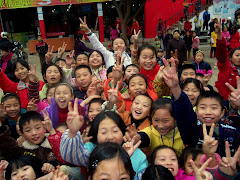
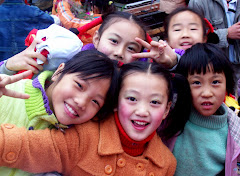

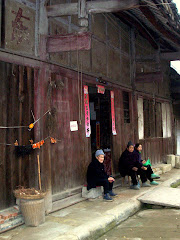
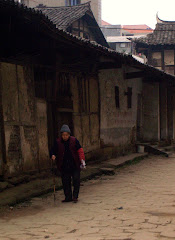
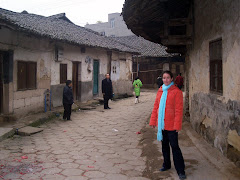
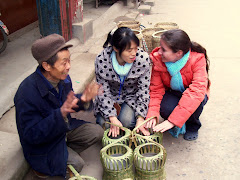
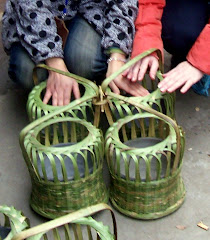
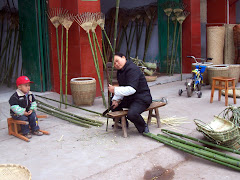
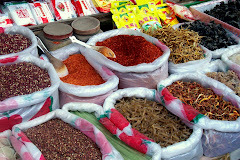
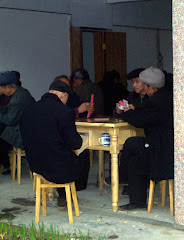
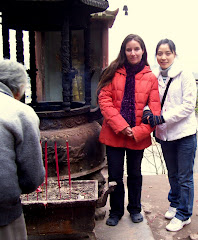
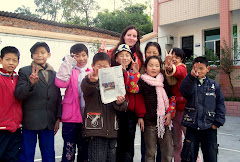


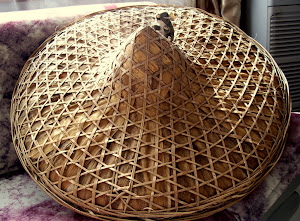
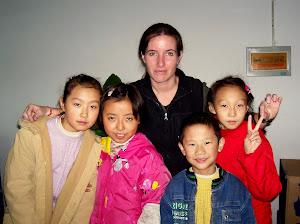
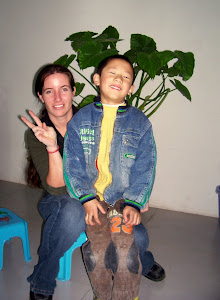
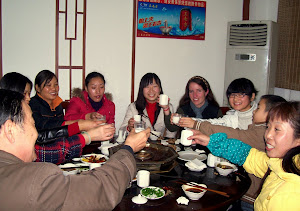
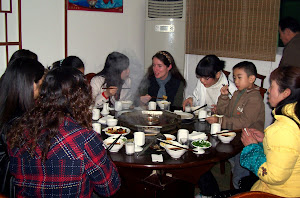

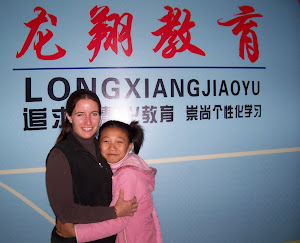
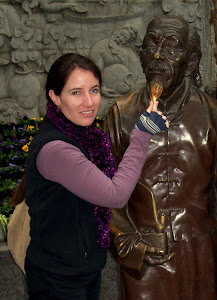
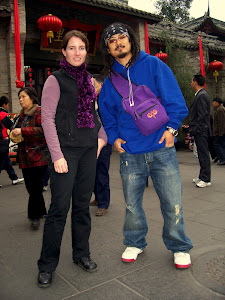

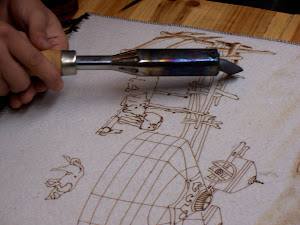
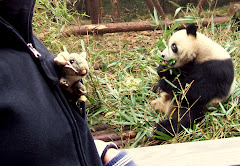

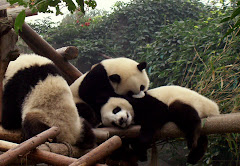
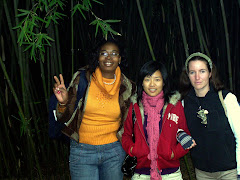
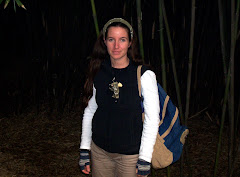
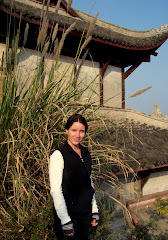

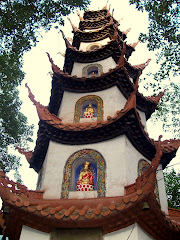
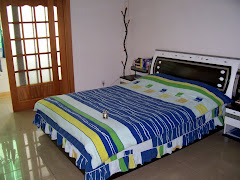
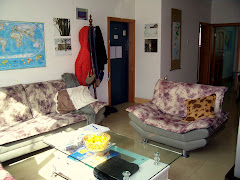
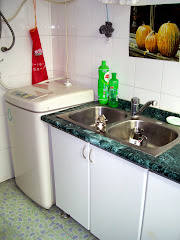
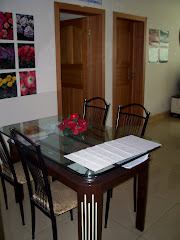
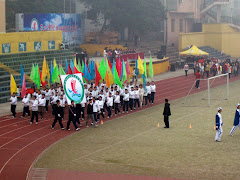
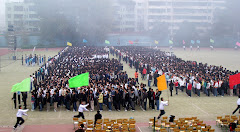
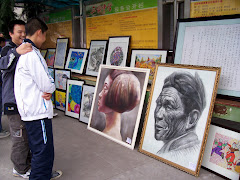
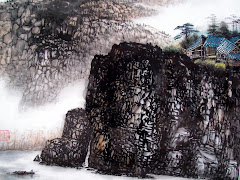
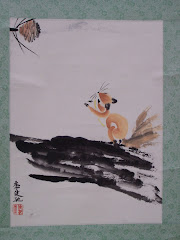
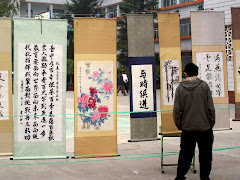
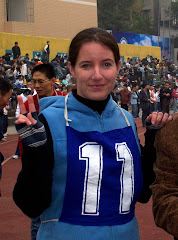
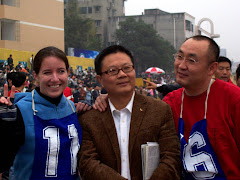
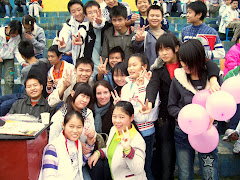
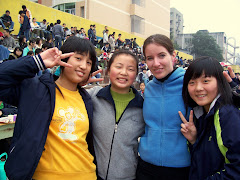
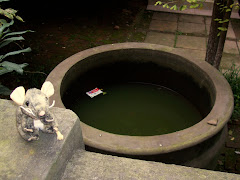
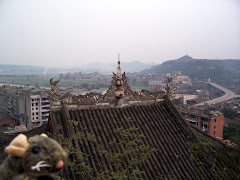

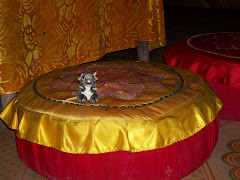
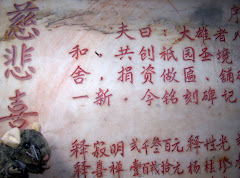
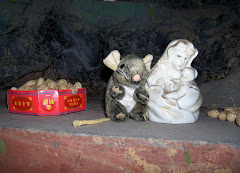
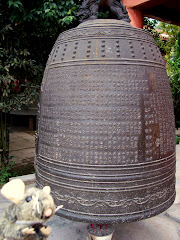
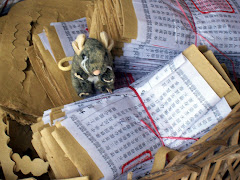
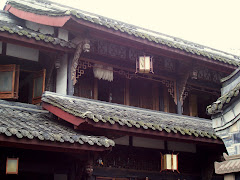
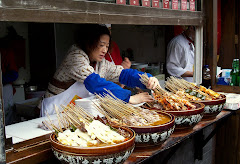
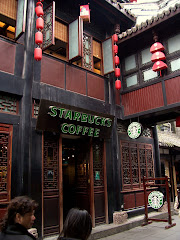
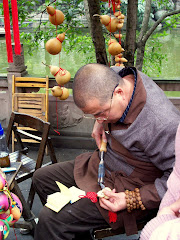
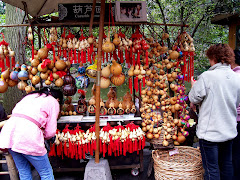
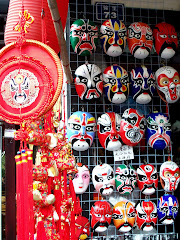
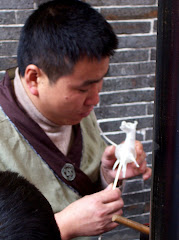

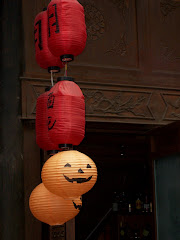
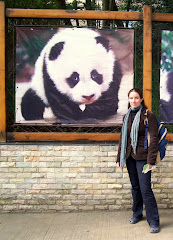
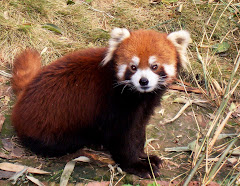
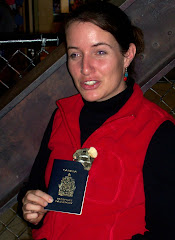
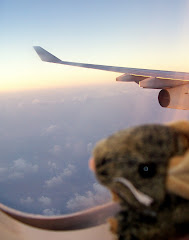
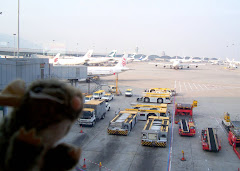
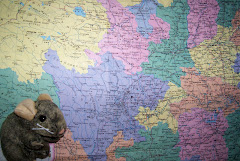
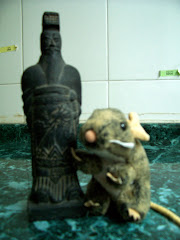
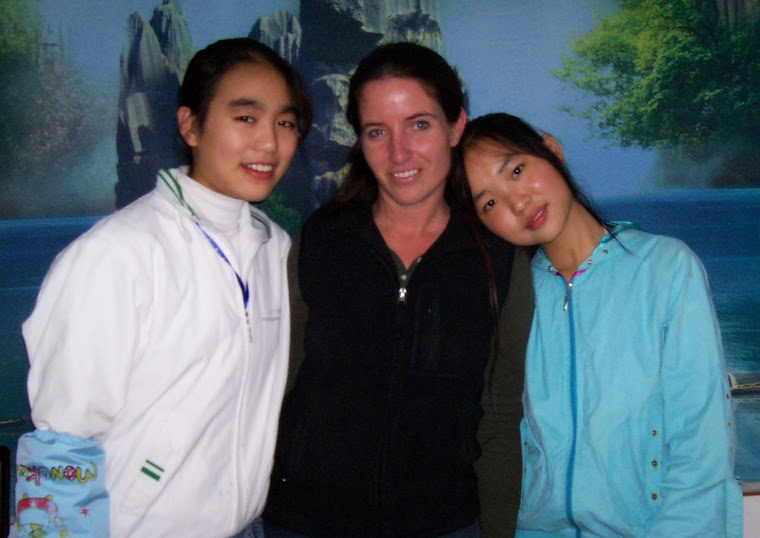
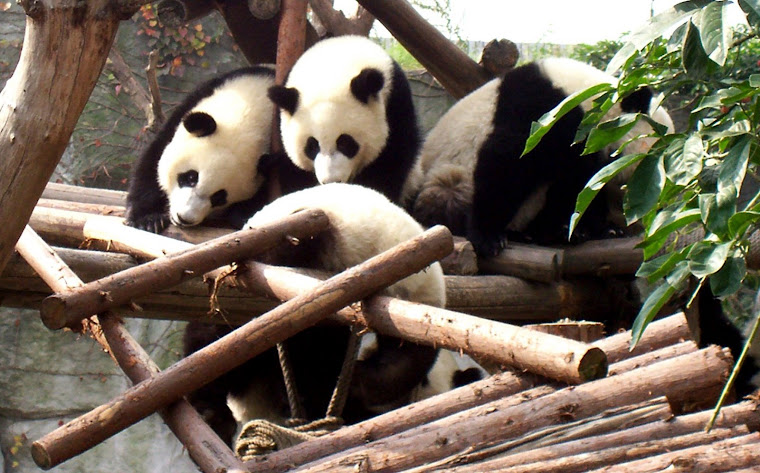
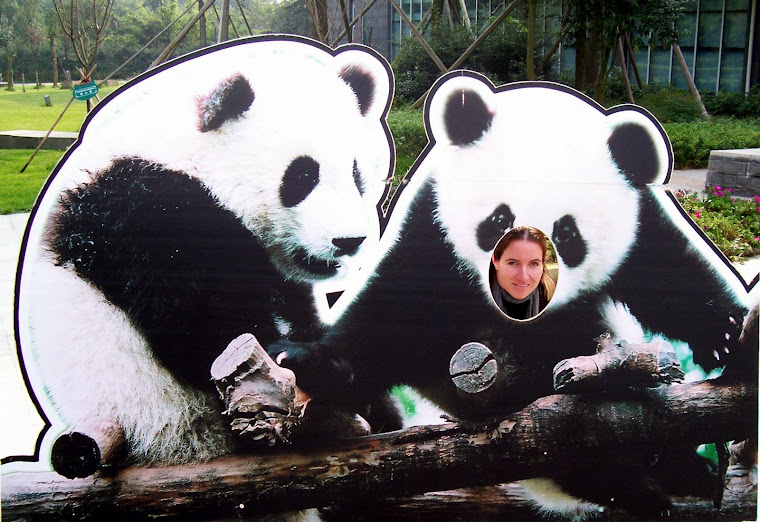
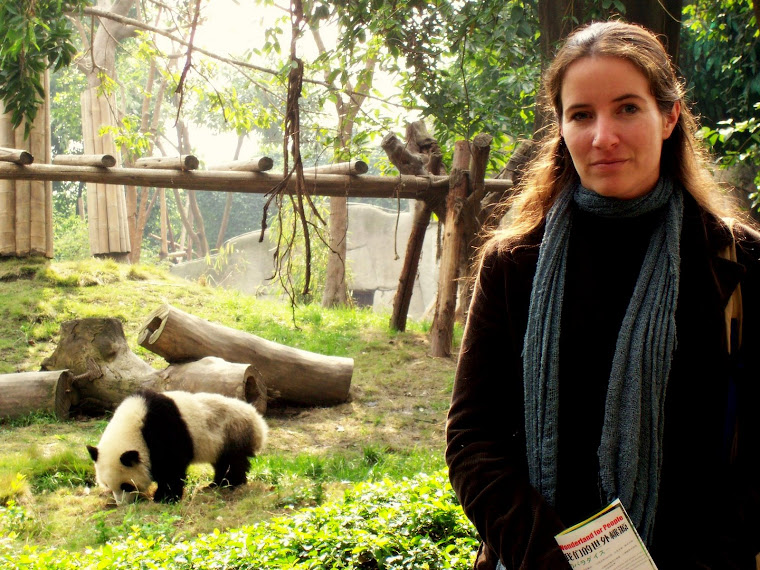
No comments:
Post a Comment